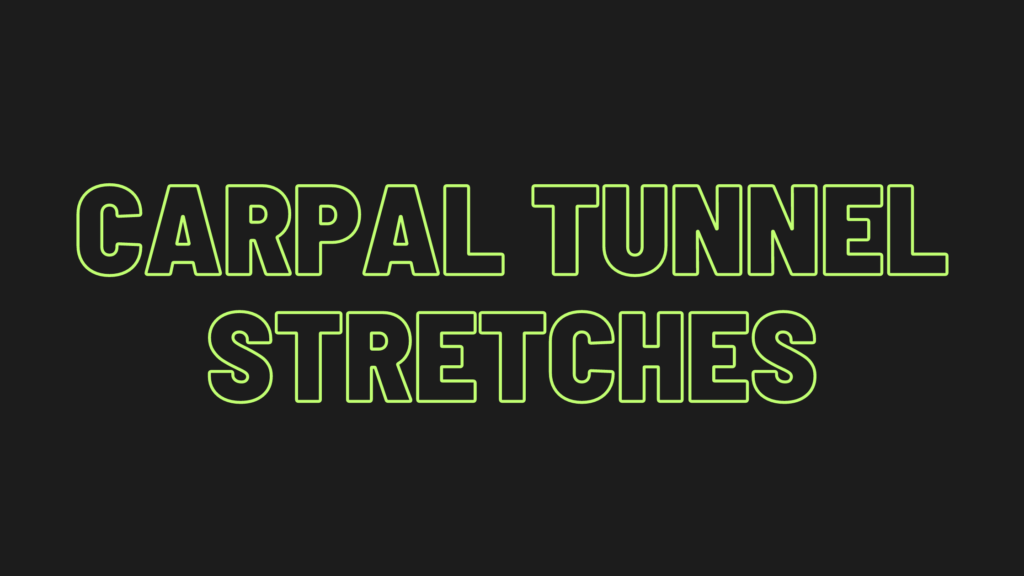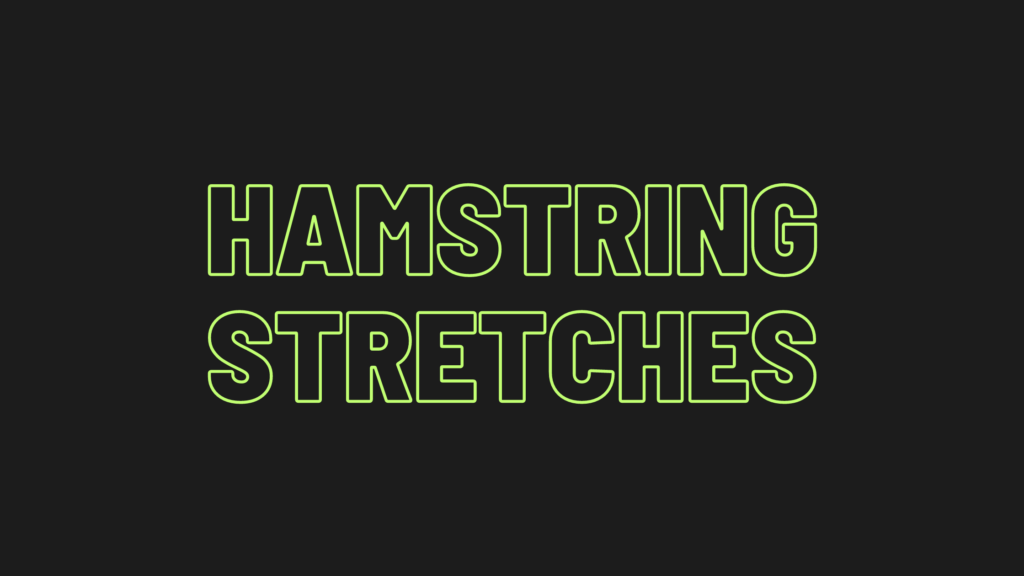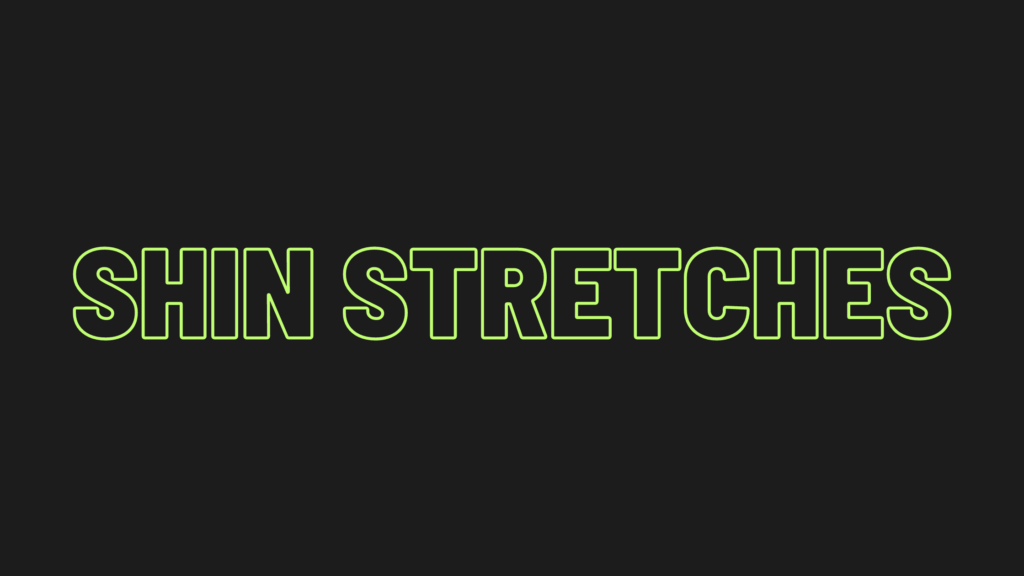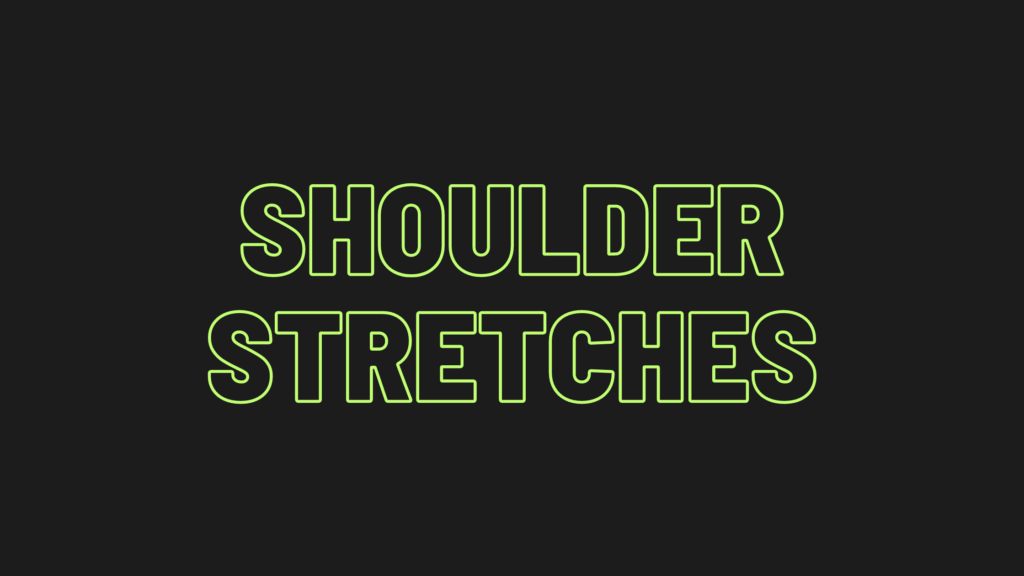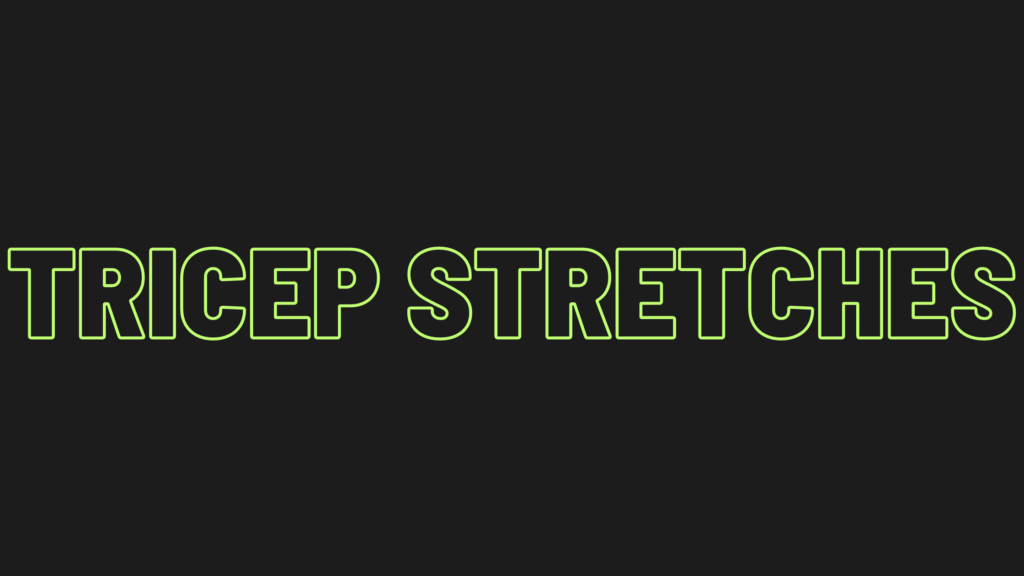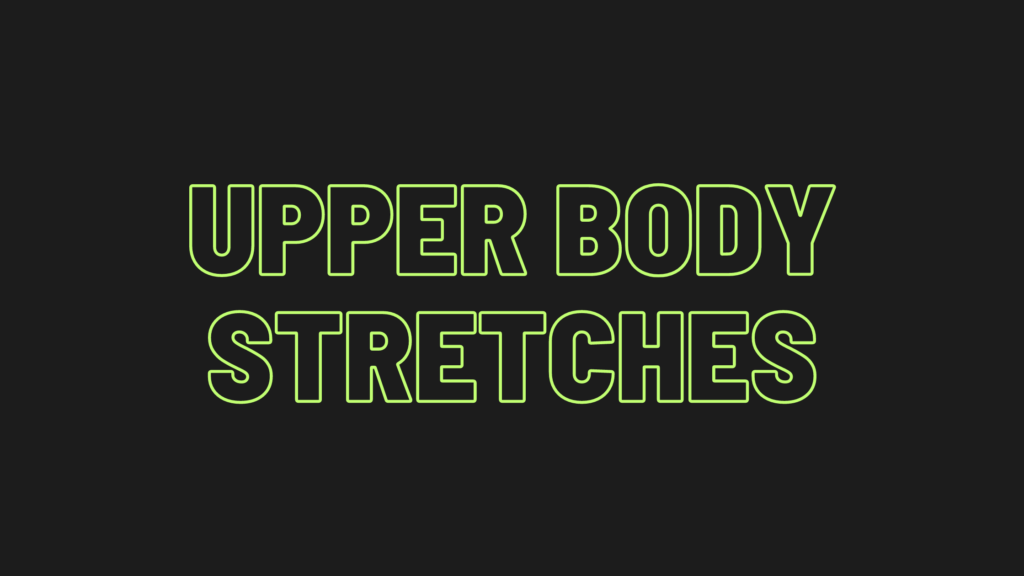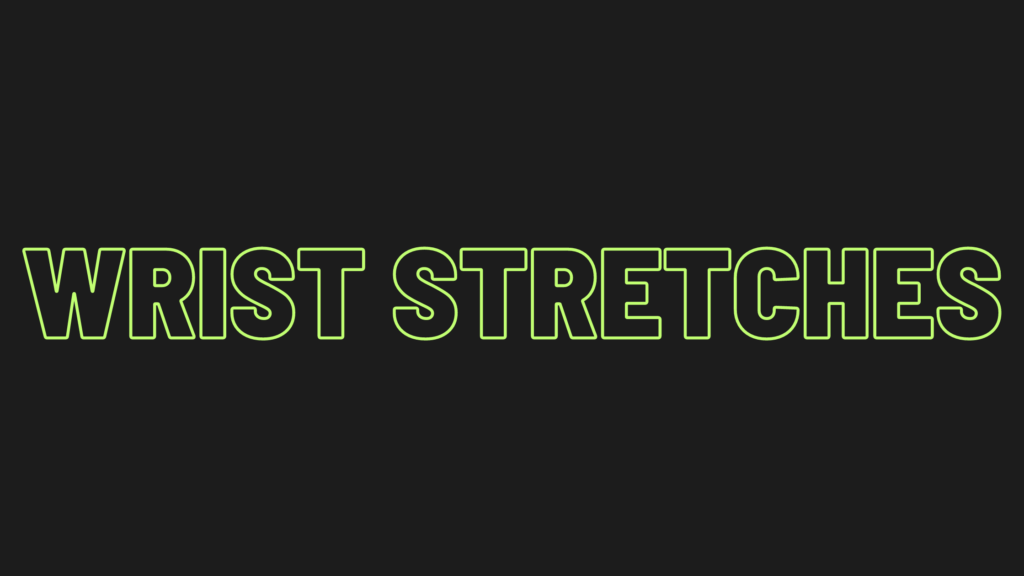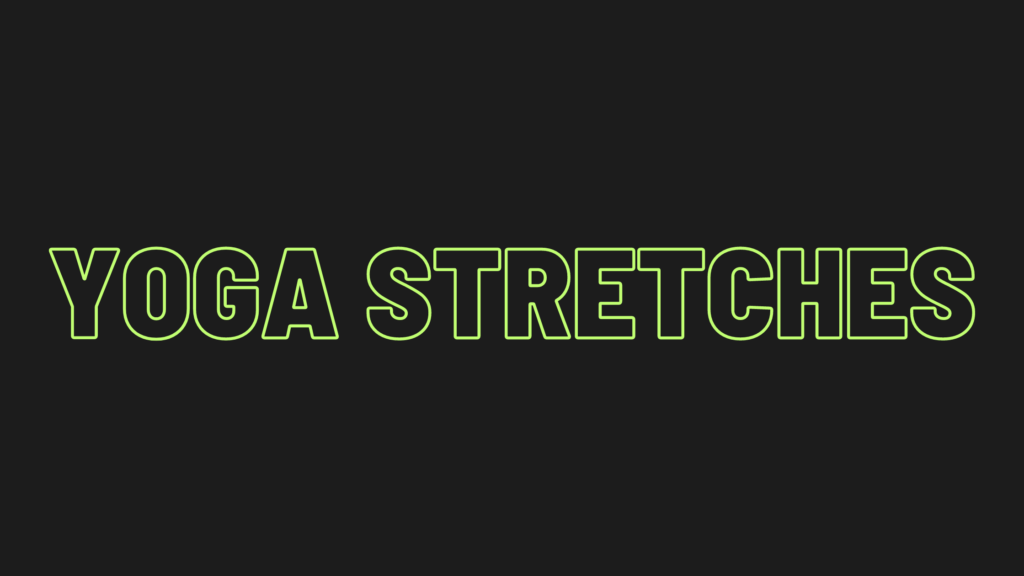Welcome to the MoveWell Stretching Database
Though aerobic and strength training can make us feel great, look better and live longer, we’re doing ourselves a major disservice if we neglect another important element of physical movement: stretching. Doing only aerobic movement or weightlifting while ignoring mobility is not enough. We need to perform all three, but it’s often the simple daily act of stretching that is the most frequently neglected. Indeed, many fitness experts note that it’s the stretching part of a workout that most of us tend to skip.
What Exactly is Stretching?
How do we define stretching as opposed to other forms of movement? At its most simple conceptual level, stretching is the act of moving a limb or area of our body and then holding that muscle group in a pose that causes the muscles or tendons to elongate. This elongation causes a mild burning sensation in the affected muscle group. The pose is then held briefly before releasing and the body returning to its original position.
There are three main types of stretching: Static, Dynamic, and Ballistic. Static stretching is probably the most common form that the majority of us use in our daily routine. It involves assuming a pose that tenses the muscle while the body remains motionless for 20-30 seconds before returning to the original position. Yoga is probably the best example of this.
Dynamic stretching is almost the opposite of Static. The key to Dynamic stretching is movement. By actively targeting a specific muscle group through strenuous activity, dynamic stretching will loosen up the muscle fibers. Lunges or arm swings are great examples of this type of stretching.
Ballistic stretching is less well-known, but is commonly used by dancers and professional athletes. It involves faster bouncing-like movements using momentum or gravity to force your muscles to go beyond the range of motion they’re usually accustomed to. A good example of Ballistic stretching is the bouncing toe touch.
The Benefits of Stretching on Your Body
Firstly, it helps reduce muscle soreness. Anyone who’s woken up in the morning with a stiff back or legs can relate to the immediate relief they feel by engaging in a brief stretch and yawn to start their day.
Stretching can also help prevent injury. Particularly for those who engage in regular athletic activity, warming up your muscles and then winding down a workout with 10-15 minutes of stretching is absolutely critical to being able to do the same workout the next day. You’re useless to your team or to yourself if you tear a tendon in your leg because you failed to stretch after a hard game or run. And by improving your flexibility, you’ll find that your performance in other areas of physical activity, from running to volleyball, will also improve.
Stretching can also improve posture and decreases back pain. Since most of us work in sedentary environments, it’s paramount to stretch out the legs and back as much as possible. Again, muscles that are not elongated become tightened leading to lower back pain and deteriorated posture.
Stretching can also both prevent a loss of range of motion and improve our range of motion. As our bodies get older, the joints start to lose their ability to reach and move in the same ways they once could. Stretching can help prevent this as well as even improving areas that have atrophied over time.
Why Is Stretching Important?
The muscles in our bodies are by their very nature, elastic. And just like real-life rubber bands, that elasticity can and does, diminish. This can be caused by a number of factors, but age and a lack of use are the most common. Failing to regularly elongate our muscles and tendons will also cause them to harden.
Our modern lifestyles often have us sitting in chairs to perform work, commute, and entertain at night. This lack of use causes tightening in our muscles that increases the chances of injury down the road. For example, leg muscles that have become tight from sitting all day can become easily damaged when called upon to run suddenly for a weekend soccer match.
If you care about how your body ages, pain that can develop, or simply improving your athletic performance in a competitive sport, you’re going to have to start working on your body’s flexibility. The full benefits of stretching won’t come to you immediately, and for those of us who are not frequently active, it may take many months for your body to adapt after so many years sitting in a chair or a car seat. But if you commit to a regular routine of 3-4 sessions per week, the rewards will pay for themselves over time.
And of course, none of us can fight back the inevitable march of time as our bodies grow older. Rather than feeling down over things in life that we do not have control over, we can celebrate the aspects that are possible to control. One of those is how, and how often, we move our bodies.
The best thing about a stretching routine is that it can be done just about anywhere. It can be as simple as taking a break at your desk and raising your arms high towards the ceiling and rotating your head, neck, and shoulders. Even if our lives sometimes feel rushed and lacking in free time, the key is to use some creativity and consistency in finding ways to stay active.
Check Out Our Stretching Database
We have over 80 individual mobility and self-myofasical release movements below. They are divided into sections for both the lower and upper body, as well as some more miscellaneous categories. Each one is filled with detailed written, visual, and video guides and demonstrations to assist you in your fitness journey as well as to help release tension in any specific part of your body that you may be having issues with.
This makes sure you know exactly what to do and how to MoveWell, every day.
Get started by choosing which area of your body you’d like to focus on.





